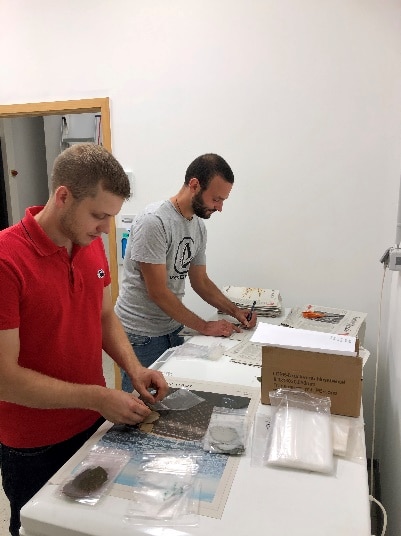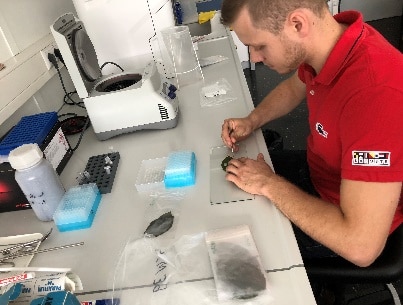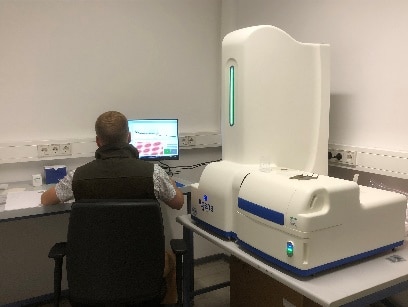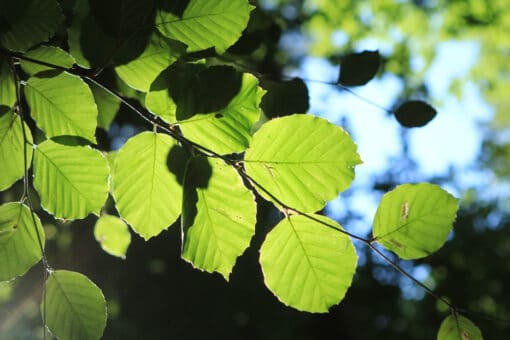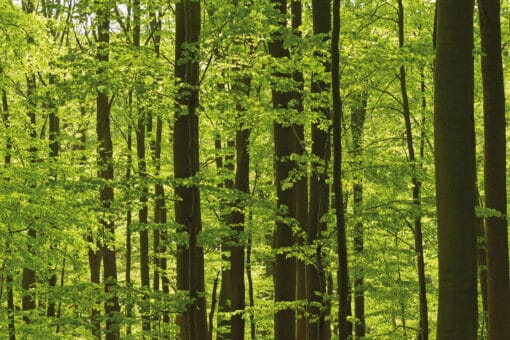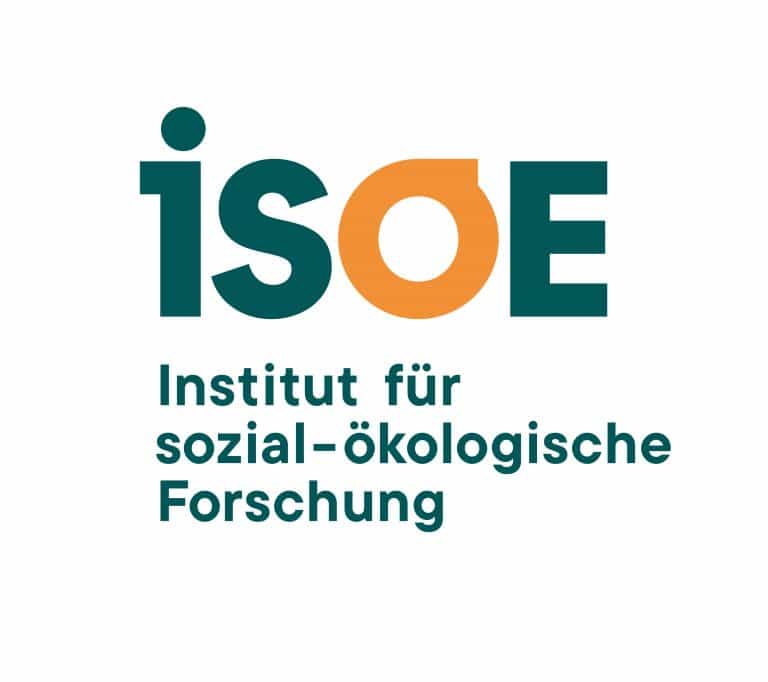Genetic diversity in key regulator genes and their association with environmental, forest management and biodiversity gradients
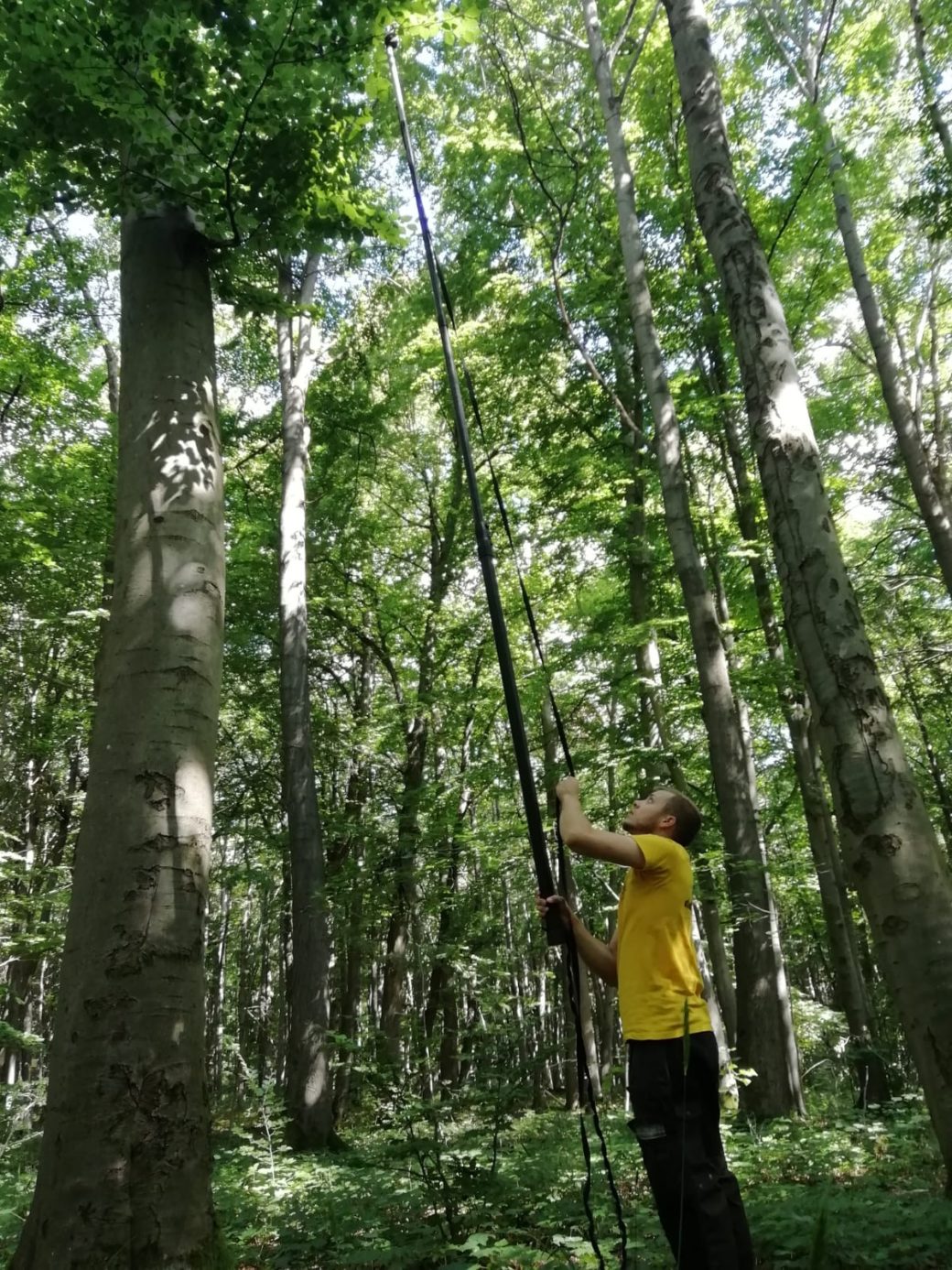
Genetic diversity in key regulator genes and their association with environmental, forest management and biodiversity gradients
Background:
In the past, forest management and the accompanying transport of forest reproductive material probably led to genotypes and populations that are sometimes poorly adapted to local conditions and, from today’s perspective, are susceptible to abiotic and biotic stress factors. Individual genes for adaptive traits such as frost or drought tolerance or phenological traits often show clinical genetic variation along environmental gradients as a result of local genetic adaptation. Since an association between adaptive genetic variation and biodiversity across environmental gradients in forest tree populations with different stand history has not yet been researched, we will use the biodiversity parameters and environmental variables collected in the Biodiversity Explanatories to identify correlations between gene diversity, species diversity, environmental variables, and plant fitness.
Our main goal is to study genetic diversity in forest stands with different land-use intensity and stand history, and its association with environmental factors and microbial, fungal, and animal diversity.
The project combines the following aspects
- Analyses of genetic diversity in candidate genes for flowering and bud burst timing and for drought and frost tolerance in European beech and spruce in all forest areas
- Statistical associations between genetic variation in these genes and the fitness of the plants in the beech translocation experiment
- Measurements of the above and below surface genetic diversity of beech trees using the ‘multi-forest-split-plot’ experiment to quantify the influence of tree genotype and carbohydrate supply on the mycorrhiza species community (cooperation with ECTOMYC, Prof. Dr. Andrea Polle)
- To determine associations between fungal diversity, tree species diversity, environmental variables and root physiology, in order to clarify the influence of these factors on the spatial and temporal variation of mycorrhizal species communities (cooperation with ECTOMYC, Prof. Dr. Andrea Polle)
Genome-wide genotyping of surviving and dead beech seedlings in the translocation experiment revealed large amounts of genetic data that will be used for further analysis. In total, more than 1600 SNPs were found to be significantly different between surviving and dead beech seedlings. Among these, 27 SNPs were identified by all methods used and are thus most likely to be involved in adaptation processes. So far, no superiority of local beech provenances in terms of survival and growth was identified in the translocation experiment. The experiment also revealed high phenotypic plasticity for adaptation-related traits in European beech.
